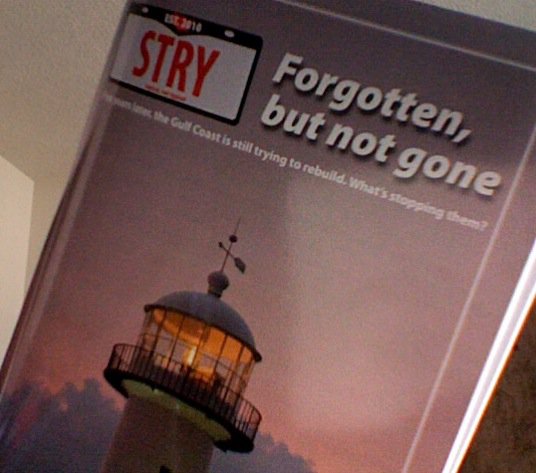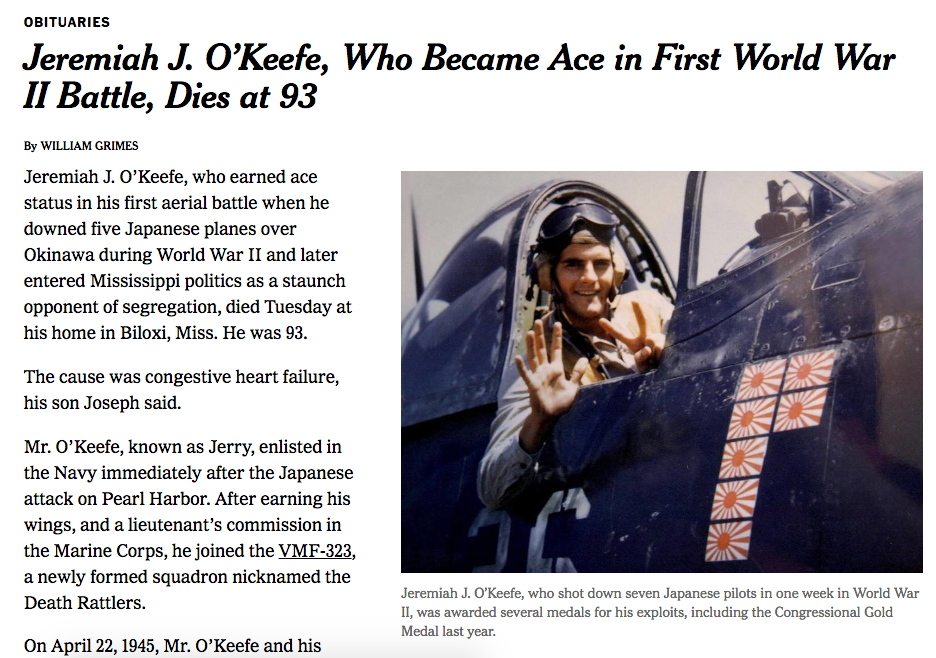
I was so excited to find a story in the New York Times Food section this week, titled, “A New Generation of Food Magazines Thinks Small, and in Ink.” Here’s how it starts:
Shayne Chammavanijakul, a student at the University of Illinois at Urbana-Champaign, felt let down by the way some magazines depicted Asian cuisines — framed as alien, styled with visual clichés and oversimplified. So she started her own.
Last summer, between her freshman and sophomore years, she fried corn chips and rolled burritos at Chipotle, saving her wages to pay a few contributors. She gathered enough financial and editorial support from friends and family to print 10,000 copies of the first issue of Dill, packed with articles about noodle dishes, from Indonesian soto ayam to Filipino pancit puso.
“We present things in a way that isn’t sensational,” said Ms. Chammavanijakul, 20, whose family has roots in Thailand. “Food isn’t bizarre or cool or something you do on a dare. We have no interest in exoticizing it.”
At a time when traditional food magazines are shrinking and cutting staff, Dill is part of an unexpected groundswell across the country: a wave of small, sophisticated print magazines, produced on a shoestring by young editors with strong points of view and a passion for their subjects — from the subtleties of regional Thai home cooking to the intersection of food and queer culture.
I read that story and smiled because… well, this is exactly what I’d be trying to do if I was still in college.
I’ve written before about stry.us — what we did right, what I did wrong — but I don’t think I’ve ever written about this before: Part of my plan in Biloxi involved a print magazine. (Somewhere back in a closet in D.C., there are still probably 50 copies in a box. At the top of this post, that’s a photo of the cover.)
Why a print magazine? When I was in Biloxi, I wasn’t quite sure what I was building towards. I didn’t know if stry.us was going to be a business, or just a showcase for my work. But I knew that either way, I needed to be able to showcase my best work — and the basic WordPress site I’d made together wasn’t quite it.
So I found a printer in Biloxi who liked what I was doing. I took my favorite 8 or 9 stories, and packaged them together into a more cohesive story about the Katrina recovery. The idea was that if I was meeting with a publisher, I could always pull a copy out of my bag and say, “This was what I was working on the whole time.”
If they asked who wrote the stories, I could say: I did.
If they asked who took the photos, I could say: I did.
If they asked who laid the thing out in InDesign, I could say: I did.
I didn’t want to be a designer or a photographer. But I did want to prove that I was capable of being more than a reporter.
The barriers to making something basic weren’t high: It took a lot of time, and a few hundred dollars. I wish I’d tried something like it in college: I think a group of reporters, editors, photographers, and designers could have made something pretty amazing — and it would have been a heck of a showcase for our work.
It doesn’t have to be a business. It doesn’t have to be anything more than an issue or two. It’s just something to show off your work.
When you make something new, you show us how you work — and what you can do.










